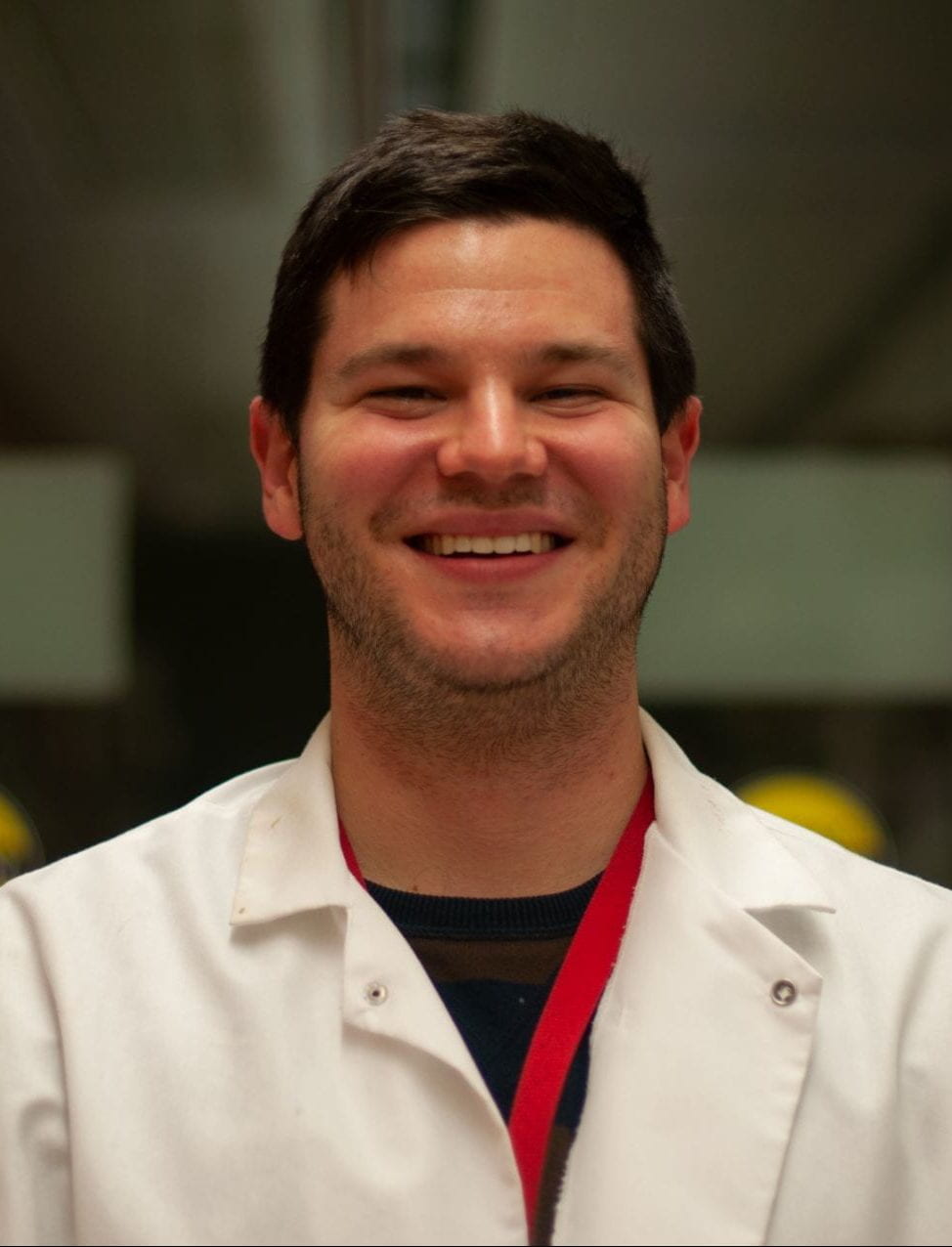Guiding the Future Direction in Modeling the Blood-Brain Barrier for Improved Brain Health
The brain, an organ as delicate as it is vital, is heavily protected by a specialized network that stands guard against harmful invaders. This system, known as the blood-brain barrier (BBB), serves as a gatekeeper, filtering what can enter the central nervous system. While it is crucial for shielding the brain from toxins, the BBB also complicates medical treatments for neurological disorders, as it blocks the majority of medications from reaching the brain. This protective shield, acting much like a security system, represents a double-edged sword—essential for safeguarding the brain but a significant obstacle in treating brain-related illnesses. To address this healthcare challenge, a team of University of Maryland researchers is working to develop BBB models that more accurately replicate the biochemical processes that occur in this wall of protective cells, which would allow for more effective study of drug discovery and delivery for brain illnesses like glioblastoma (GBM), Alzheimer's, and Parkinson's. Headed by Fischell Department of Bioengineering (BIOE) Postdoctoral Fellow James Shamul, the research team is making substantial progress in facilitating the development of biomimetic in vitro BBB models. Shamul and several of his co-authors conduct their research in UMD’s Multiscale Biomaterials Engineering (MBE) Laboratory, where they worked alongside the lab’s Principal Investigator BIOE ProfessorXiaoming (Shawn) He. The team recently published a study in Nature Biomedical Engineering delineating how the cellular make-up of BBB models affects its barrier's properties and behaviors in both healthy and diseased states.
In collaboration with Dr. Alfredo Quiñones-Hinojosa at the Mayo Clinic and Dr. Shuo Gu at the National Cancer Institute, Shamul conducted a comprehensive meta-analysis of BBB models, focusing on both healthy and disease states. Exploring various types of models, such as transwells and microfluidics, Shamul looked into different combinations of cell types, their ratios, materials, and culture methods. The goal was to identify the optimal conditions for creating BBB models that have low permeability, high transendothelial electrical resistance, and high expression of tight junction proteins. These properties are critical as they closely mimic the natural function of the BBB–essential to maintain a protective environment in the brain. His study also examined disease models, finding key factors that affect how well these models mimic the permeability changes seen in a variety of conditions. “As researchers develop more complex cellular combinations in BBB models, more precise tuning of the microenvironment must be performed to give the cells a sufficient platform to generate the barrier properties desired”, Shamul says. “The meta-analysis laid out in this work can provide the groundwork for eventually achieving these more convoluted models.”
Looking ahead, Shamul's research will work to address the need for continued refinement in BBB modeling. “As of now, there is no BBB model—with sufficient published data—that definitively outperforms others. For the cell ratio data, the results suggest that following the human anatomical brain cell ratio of more non-endothelial cells than endothelial cells may be beneficial in decreasing barrier permeability in a BBB model.” Shamul says. “Current disease BBB models may accurately reflect the leakiness seen in conditions like glioblastoma compared to healthy models on average.” By using platforms like transwells, microfluidics, and 3D bioprinting, significant progress has been made in understanding the BBB's development and function in both healthy and diseased states. However, greater understanding of the interplay between structure and function remains crucial to any continued success. Key factors such as cell types, extracellular matrix, and their spatial organization must be further optimized to create more realistic BBB models. “The success we achieve in drug discovery and therapeutic testing for many CNS diseases will depend on our ability to increase the usefulness and reliability of human BBB models,” Shamul concludes. “As the most delicate and complex organ and the source of all qualities that define our humanity, the brain deserves our full attention and the treatment and care of our brains will require entering the brain non-invasively through the BBB.” Other authors of this study include BIOE Ph.D. students Zhiyuan Wang, Hyeyeon Gong; Postdoctoral Fellow Wenquan Ou; BIOE Professor Alisa Morss Clyne; and Postdoc Diogo P. Moniz-Garcia from the Mayo Clinic.
Related Articles: September 23, 2024 Prev Next |




